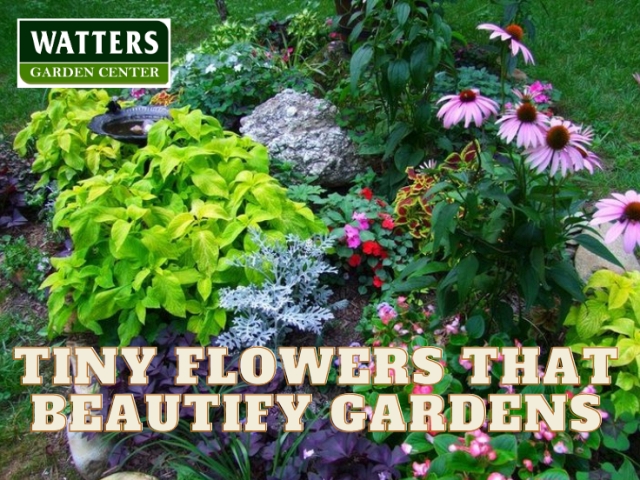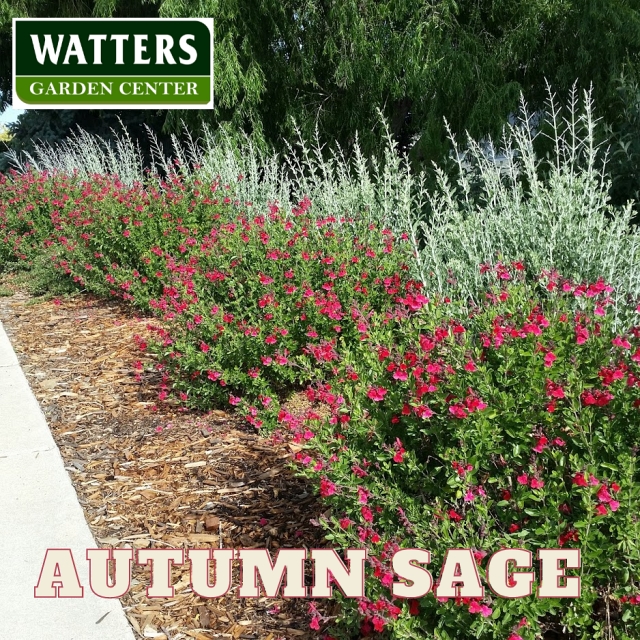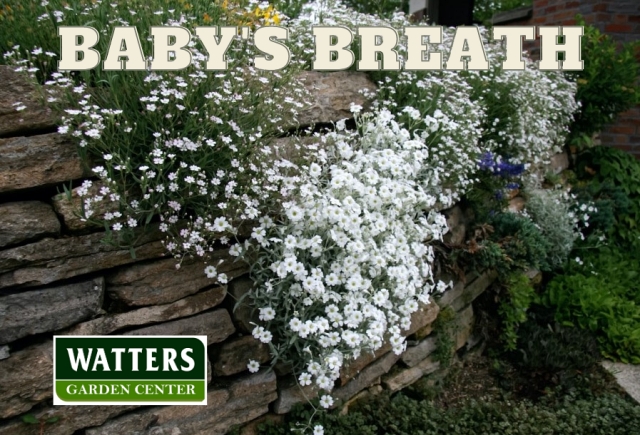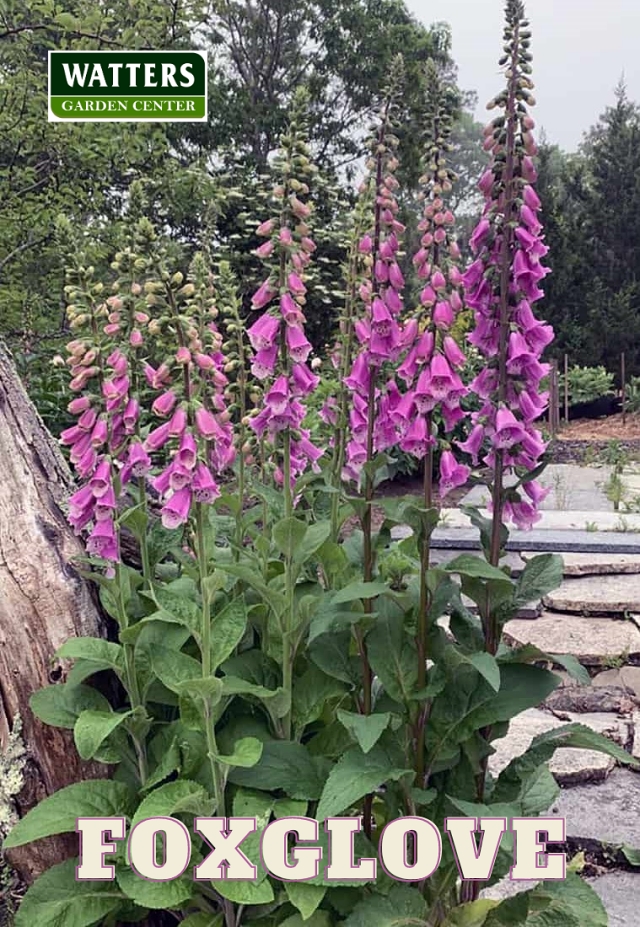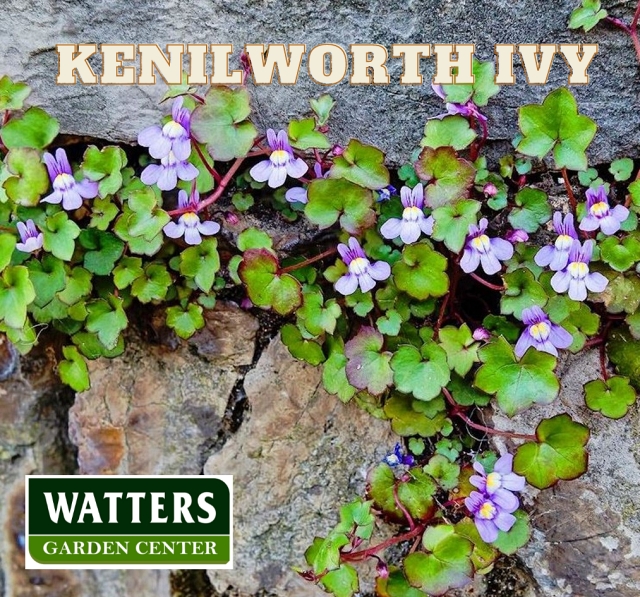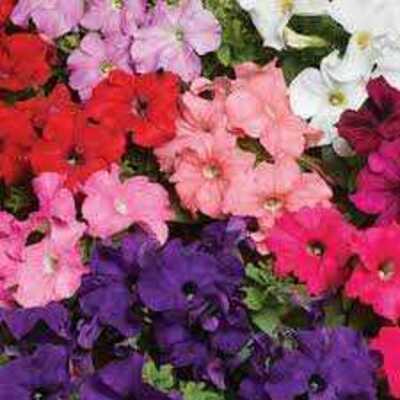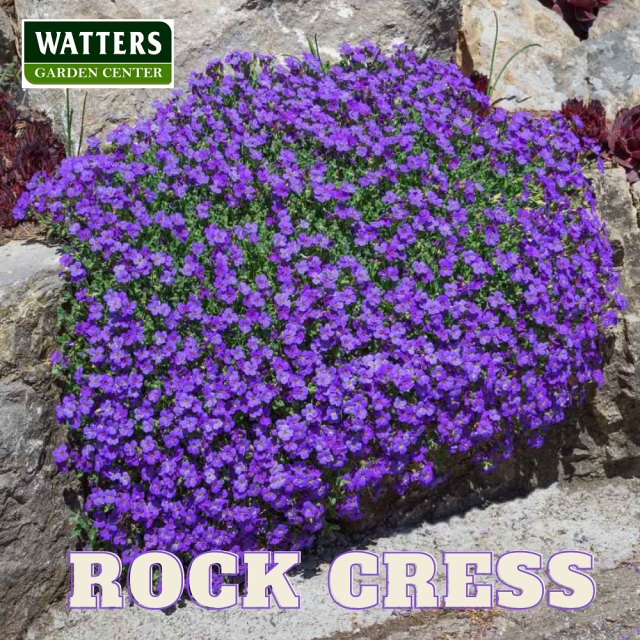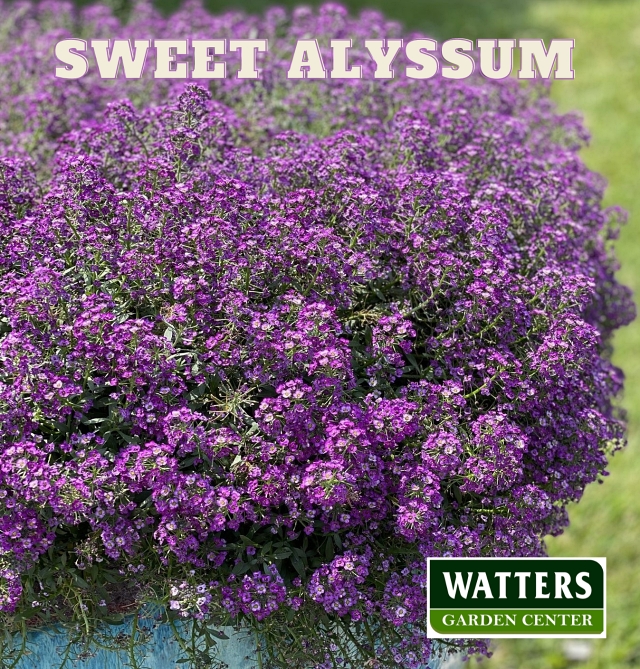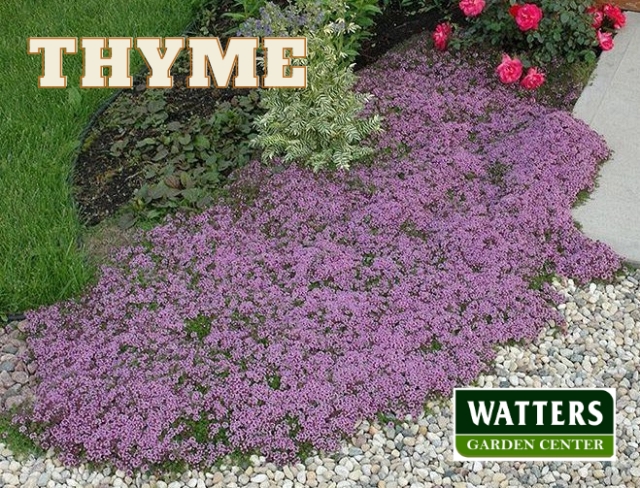By Ken Lain, the Mountain Gardener

Few can resist the impressive sight of a giant sunflower or a stand of stately delphiniums in the landscape. If you’ve overlooked the appeal of tiny flowers, you’re missing out on a world of fragrance and beauty that will enhance your borders, hanging baskets, and even fairy gardens.
The wonder of tiny flowers lies in their sheer mass; a single plant may contain thousands of flowers beckoning butterflies with their shallow nectar tubes. Many tiny flowers are highly drought-proof; their small size helps them reduce moisture lost to evaporation. Tuck them into a rock wall, plant them between pavers, use them as fillers, or add them to cut flower arrangements. Then watch how these minuscule but mighty blooms encourage you to stop and get a closer look at nature’s perfection in diminutive form.
Here are 9 tiny flowers to consider for your garden:
Autumn Sage, Salvia greggii, the longest blooming sage in crimson-red, signals spring with continual flowers broadcast right through Autumn. Hummingbirds and gardeners fall for this knee-high bloomer that deserves a prominent location in the garden’s hotter spots.
Baby’s Breath, Gypsophila paniculata, is best known as a filler flower in bouquets, but this perennial flower shines in the garden. Though delicate in appearance, it’s tough. Plants thrive in dry, average soil but prefer alkaline conditions, making them ideal for rock gardens. ‘Bristol Fairy’ is a reliable performer, blooming from April through late summer.
Fairy Foxglove, Digitalis purpurea, is known as starflower and alpine blossom. The plant can be started from seed, but growing from starter plants at Watters Garden Center is easier. As the photo suggests, the plants will happily grow in any rock crevice or wall. Unlike many rock garden plants, fairy foxglove likes to grow in dry shade.
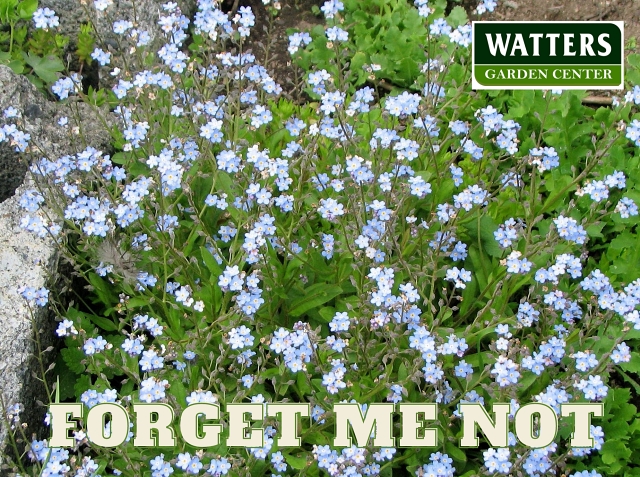
Forget-Me-Not, Myosotis, is a stunning plant for your woodland garden that rabbits and deer won’t bother. The plants are covered in bright blue flowers with cheerful yellow eyes in April and May. Although a short-lived perennial, the plant easily self-seeds and returns for many years in moist areas.
Kenilworth Ivy, Cymbalaria muralis, is also called ivy-leaved toadflax. It blooms in the afternoon shade in moist soil from spring to fall. The stunning scalloped foliage adds texture to the landscape even when the lavender flowers are done blooming.
Million Bells Petunia, Calibrachoa, are a staple at the Lain casa for containers, hanging baskets, and window boxes because of their long-lasting blooms and various colors. The trumpet-shaped flowers are a dead giveaway for their ability to attract hummingbirds, and the variety of colors makes them easy to add to any garden space.
Rock Cress, Aubrieta, offers more than a dozen hybrids. In mid-to-late spring, the evergreen foliage sports hundreds of pink, purple, or blue flowers on two- to four-inch plants. Trim the plants after blooming to maintain a compact shape.
Sweet Alyssum, Lobularia maritima, offers a fragrance often compared to fresh honey. The plants are readily available in various colors at Watters Garden Center. The seeds germinate very quickly, and transplants thrive in cool spring weather. Shear the plants when blooming gets sparse to rejuvenate these annuals.
Thyme, Thymus, is a plant that can do double duty in the garden. Choose a cultivar that acts as a flowering ground cover and has culinary value, such as “Italian Oregano” thyme. All thymes need full sun and good drainage. Shearing after the spring blooms will encourage new growth and attract native bees and pollinators. The leaves add their savory essence to your soups and vegetables.

Insider Tip – Increase fragrance and flowers with Watters local blooming formula, ‘Flower Power 12-48-8‘. Plants easily produce more flowers with stronger stems. Designed with flowers and beauty in mind, but excellent at doing the same for Tomatoes, Vegetables, Berries, Grapes, Lilacs, Roses, and Flower Baskets. Use this instant soluble plant food twice a month for exceptional flowers.
Until next week, I’ll be helping gardeners grow better flowers here at Watters Garden Center.



